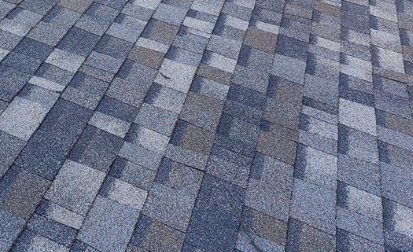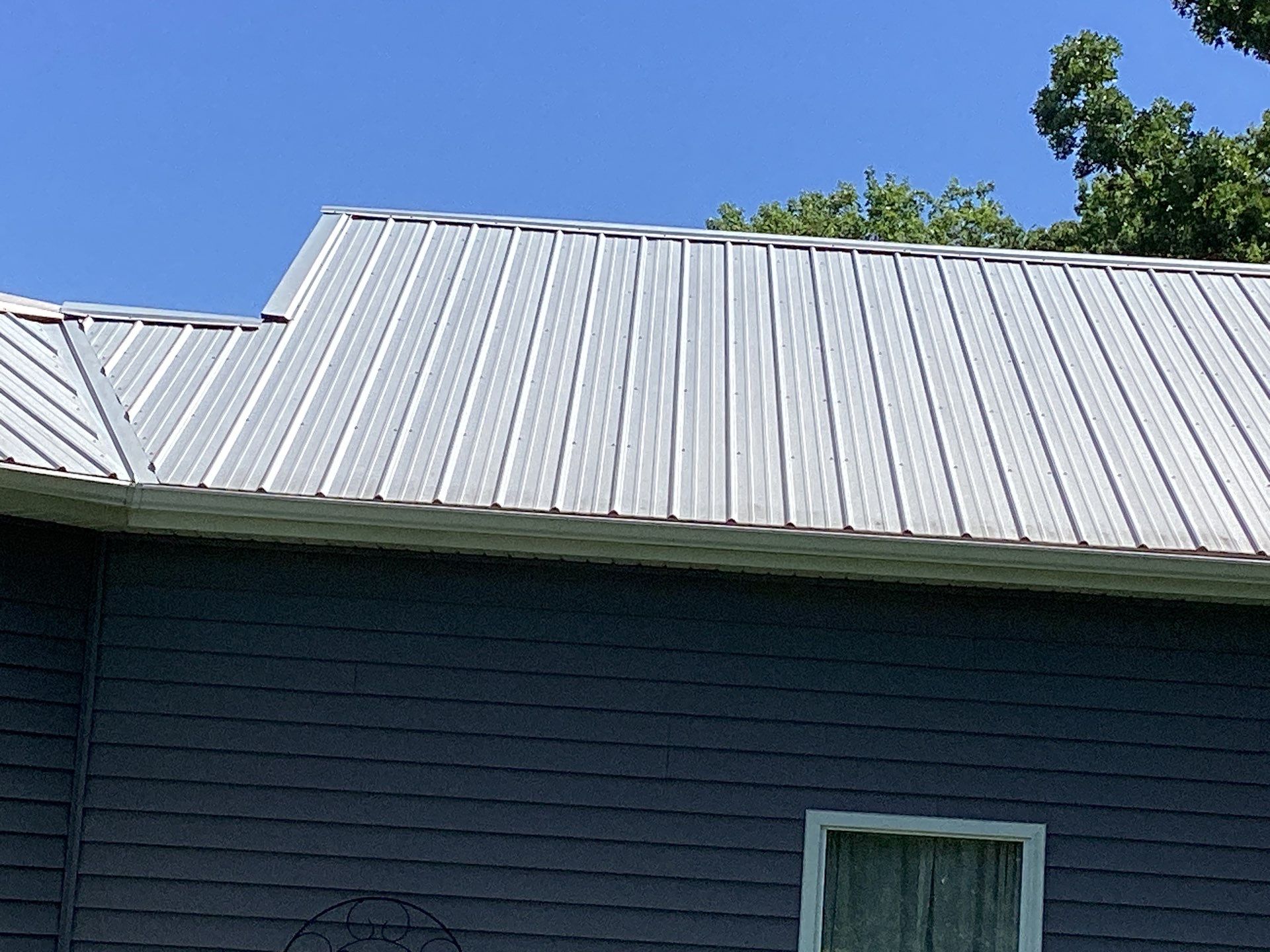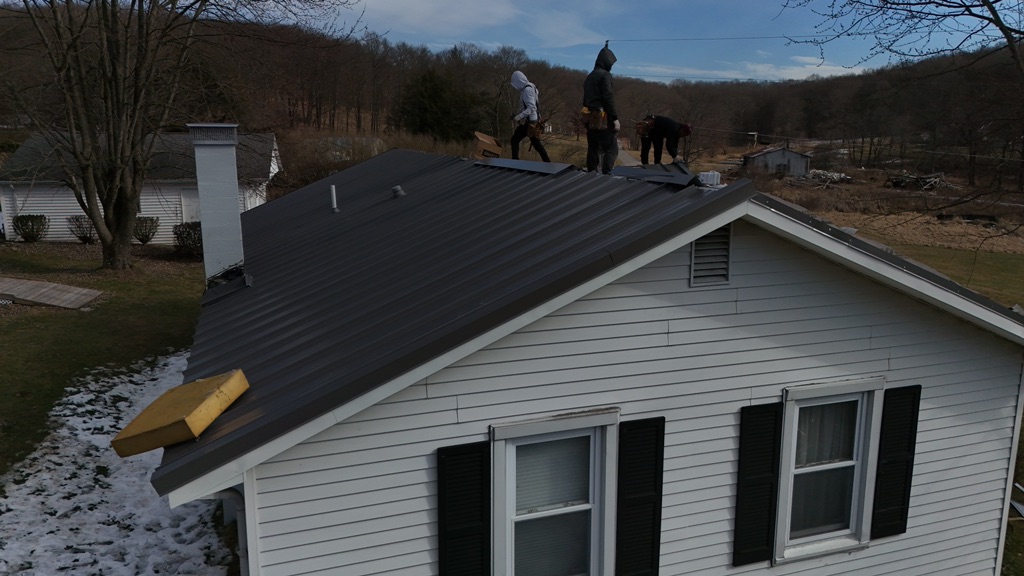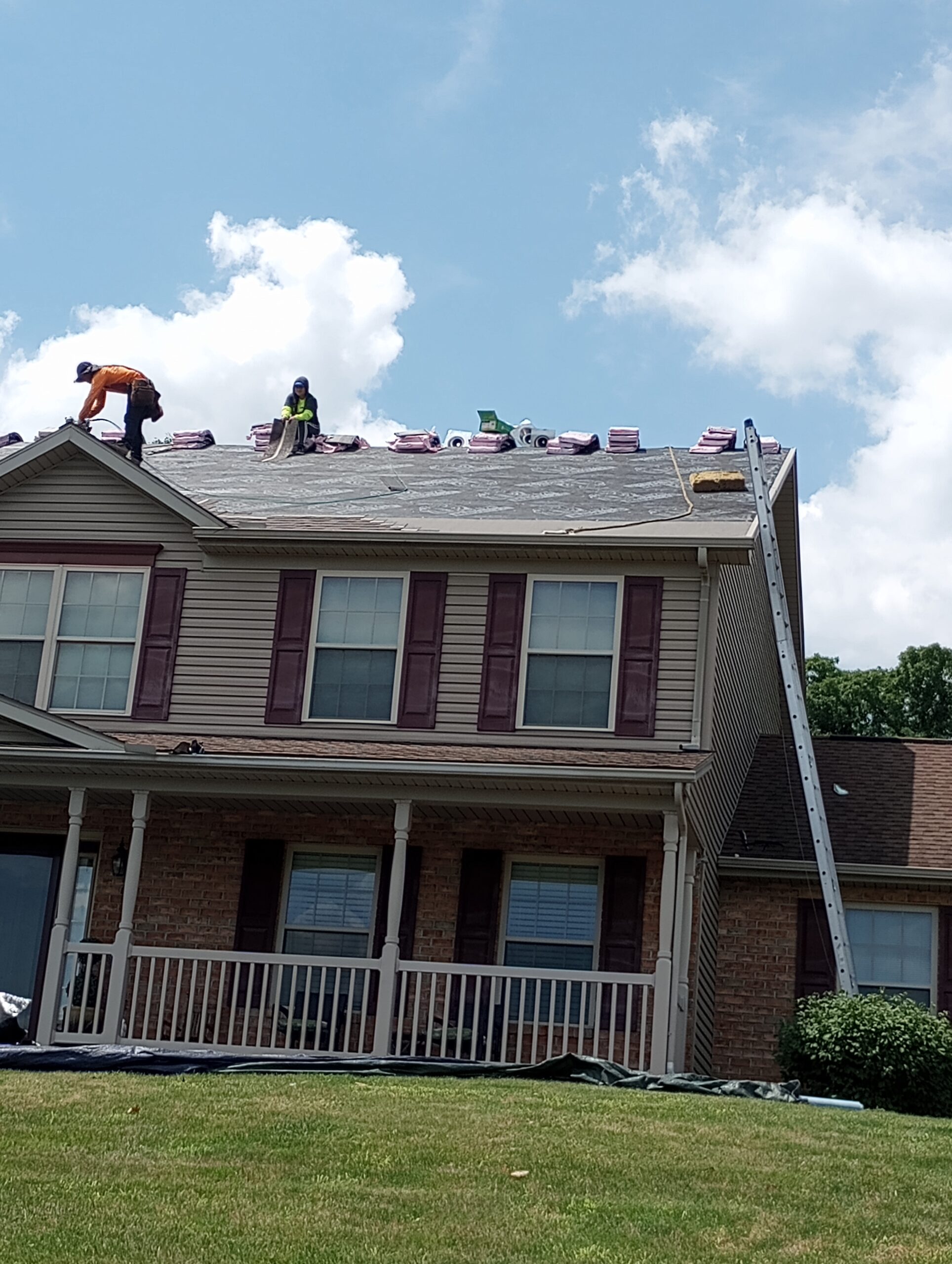Roofing is an important element of home construction and maintenance, as it provides protection from the elements. In Pennsylvania, there are certain regulations that dictate how many layers of shingles can be put on a roof before they have to be replaced. This article will discuss these requirements in detail, exploring what is allowed and what must be done when more than one layer of shingles exists on a roof.
The installation process for multiple layers of shingles requires careful consideration by both the homeowner and contractor, as proper preparation involves removal or replacement of existing materials. Furthermore, each layer should comply with local building codes in order to ensure safety and structural integrity. Understanding these rules is essential for any homeowner undertaking such a project.
Building Codes
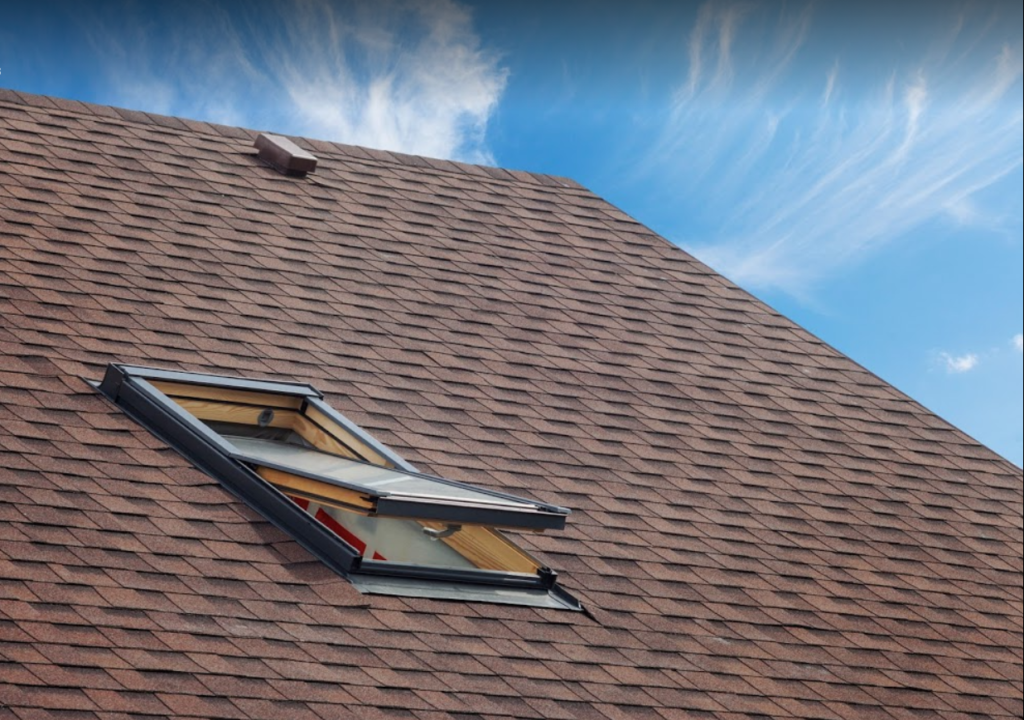
Building codes are regulations that establish the minimum standards for building safety and structure. These codes are usually set by local governments, such as municipalities or states, but may also be established by private organizations. The purpose of the codes is to ensure a safe environment in which people can live and work.
The Pennsylvania Uniform Construction Code (UCC) provides guidelines on how many layers of shingles can be applied to a roof. Depending on the type of shingle material used, the UCC permits up to four layers when using asphalt shingles, three layers if using wood shake or cedar shingles, and two layers when applying slate tiles. Additionally, any additional layer must have an underlayment installed between each layer.
Types Of Shingles
When considering which type of shingle is best for a roof in Pennsylvania, there are several options available. Three-tab asphalt shingles have been the most commonly used residential roofing material in the state. This option offers an economical solution and comes with Class A fire ratings. Laminated architectural shingles often provide more protection than three-tab varieties due to their thicker construction and multiple layers; they also generally come with higher warranties.
Most manufacturers offer lifetime warranties on laminated architectural shingles, making them a good choice if durability and longevity are desired features. Metal roofs can also be used, but bear in mind that metal will reflect heat from the sun during summer months. Slate is another durable alternative, though it is more costly and requires special installation techniques.
No matter what type of shingle is chosen for a roof in Pennsylvania, each layer should not exceed two plies or layers thick as this could affect its structural integrity and performance over time. Additionally, when installing any new layer of shingles, all existing nails must be removed before attaching new ones so that no damage occurs to the underlying structure of the roof deck.
Shingle Installation Process
Installing shingles on a roof is an important process that requires proper preparation and execution. All materials must be in good condition to ensure maximum performance of the roof. It is recommended to begin installation from the bottom edge of the roof so as not to leave any gaps between layers. Each layer should overlap by at least two inches for optimal protection. Generally, three layers of shingles can be installed on a roof in Pennsylvania without violating building codes. However, it is best to check with local authorities prior to beginning installation to verify if there are additional regulations or restrictions.
When installing multiple layers, each layer should be securely fastened before adding another one. To prevent water damage or leakage, all edges and joints need to be sealed properly using adhesive tape or asphalt sealant. Finally, apply flashing around vents, chimneys and other areas where moisture could penetrate into the underlying wood decking. Additionally, add ice and water shield along eaves and valleys for extra protection against weather elements such as snow and rain. During this part of the project, use galvanized nails rather than ordinary steel ones since they will not rust over time due to moisture exposure.
Adequate Ventilation For Roofs
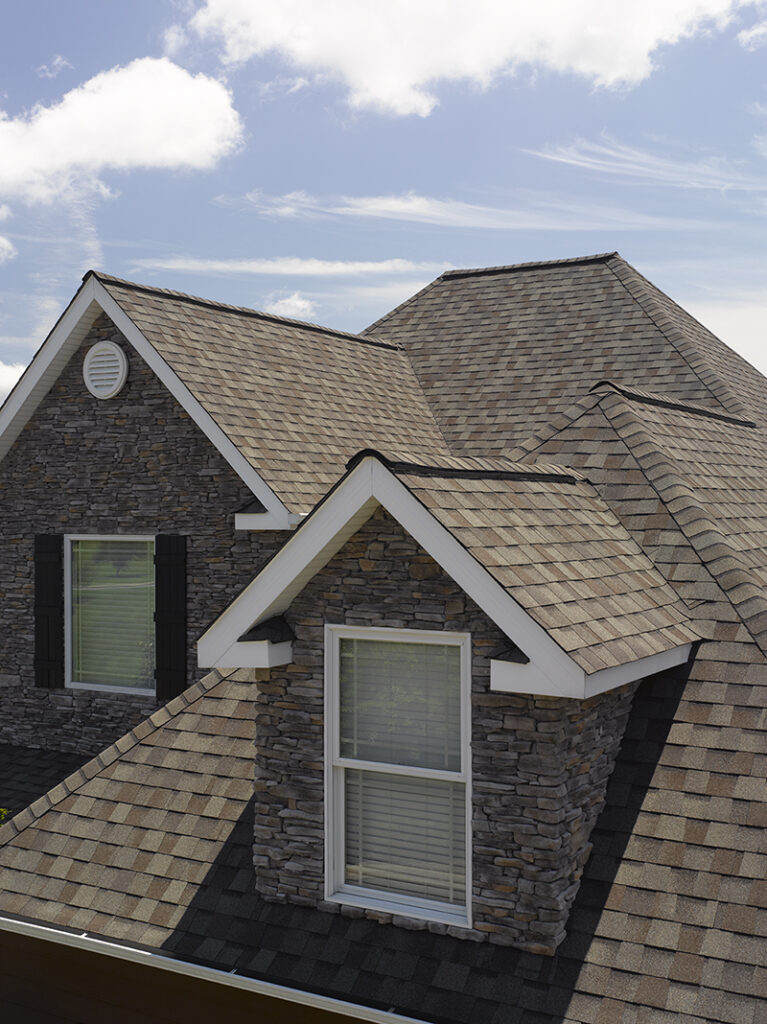
Adequate ventilation is essential to maintain the performance and durability of a roof. Proper ventilation helps reduce temperature extremes in the attic, which can damage shingles due to expanding and contracting from extreme temperatures. It also reduces condensation on the underside of the roof deck that can lead to mold growth or rot. In Pennsylvania, building codes require at least 1 square foot of vent area for each 300 square feet of attic floor space.
This means that if your home has an attic with 900 square feet, you need 3 square feet of total vent area installed throughout the attics perimeter. The vents should be evenly spaced across all sides of the house and placed near soffit areas where air can enter freely. Additionally, make sure there are no obstacles such as insulation blocking airflow through these vents. Allowing adequate air flow will help keep your roof in optimal condition longer and reduce costly repairs down the road.
Pros & Cons Of Multiple Layers
The installation of multiple layers of shingles on a roof in Pennsylvania can provide many benefits, such as added protection from the elements, additional fire resistance and improved durability. However, there are also some drawbacks to consider. One potential issue is that it can be difficult for moisture to escape between the two layers which could lead to mold or mildew growth over time. Additionally, due to the extra weight placed on the roof deck by having two layers of shingles instead of one, structural issues may arise if not properly accounted for during construction.
It is important to weigh both these pros and cons when deciding whether installing multiple layers of shingles on a roof in Pennsylvania is right for any given property. The cost involved should also be taken into consideration since adding an additional layer will likely increase overall expenses. Ultimately, each situation must be assessed individually based upon its own unique needs and requirements before making a decision.
Factors Affecting Number Of Layers
When determining how many layers of shingles can be put on a roof in Pennsylvania, there are several factors that must be taken into consideration. Foremost among these is the condition of the existing roof deck and its ability to support additional weight. If the structure cannot sustain an extra layer of shingles, then it may not be possible or advisable to add a second layer. Additionally, local building codes must be followed when determining the number of layers; if they permit only one layer, then no further action can be taken. Insulation requirements also play a role as thicker insulation will require more layers for proper coverage and ventilation.
The type of material used for the new layer should match those already present in order to provide an even surface that looks aesthetically pleasing. Finally, other considerations such as cost effectiveness and labor time required for installation must also factor into any decisions about layering shingles onto a roof in Pennsylvania. Taking all of these elements into account will help ensure that property owners make informed choices regarding their roofs’ longevity and longevity-related costs.
Maintenance & Replacement Costs
In Pennsylvania, it is not recommended to exceed two layers of shingles on a roof. The International Building Code (IBC) and the International Residential Code (IRC) both state that no more than two layers of asphalt shingle material can be installed at one time. Adding an additional layer increases the amount of weight on the roof which could cause structural damage over time. Additionally, older materials may have weak adhesion or contain hazardous substances such as asbestos-based products.
The cost of replacing a roof with two layers of shingles will depend upon several factors including size, pitch, labor costs, and quality grade of shingle chosen for installation. Generally speaking, extra labor is needed to remove old materials prior to adding new ones, so removal and disposal fees should also be taken into consideration when budgeting for replacement costs.

